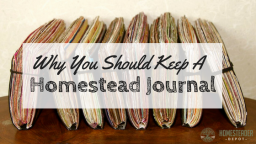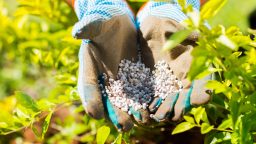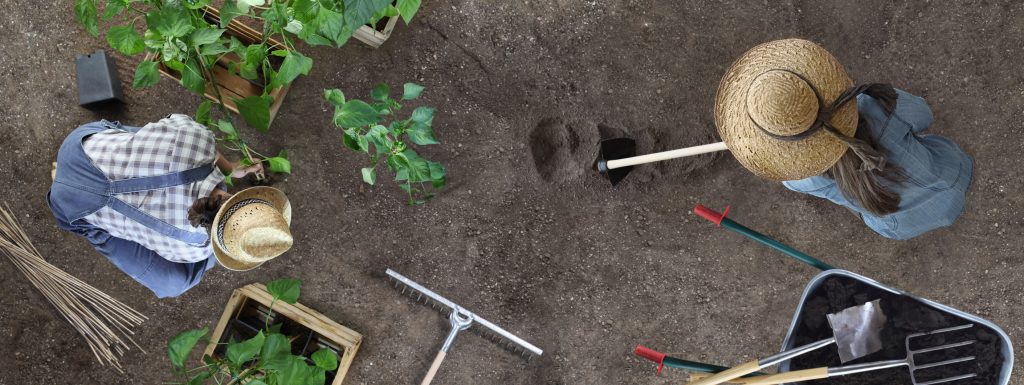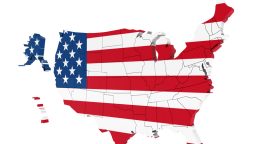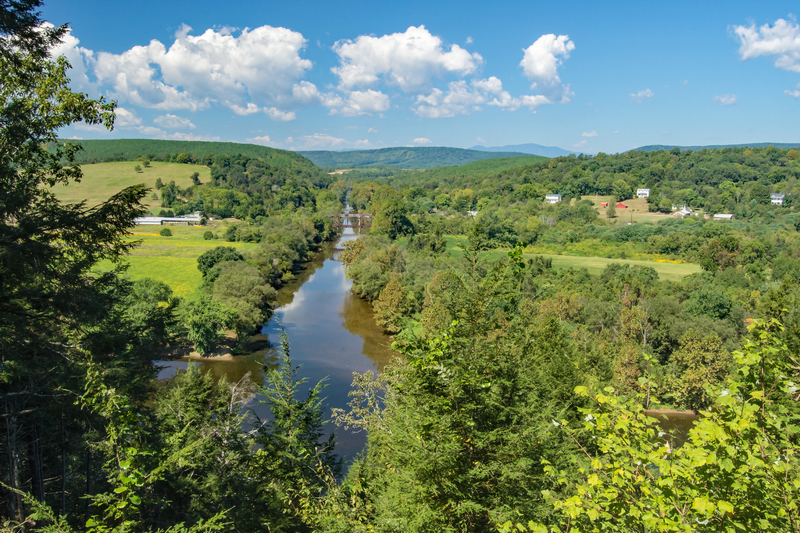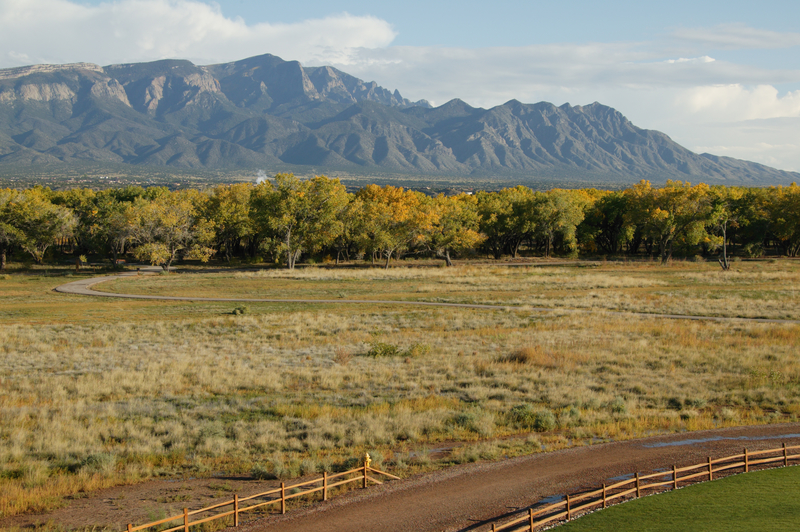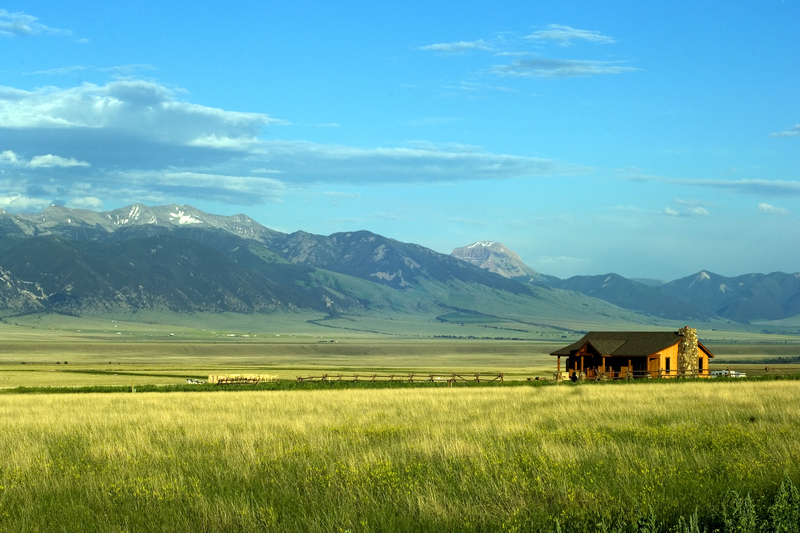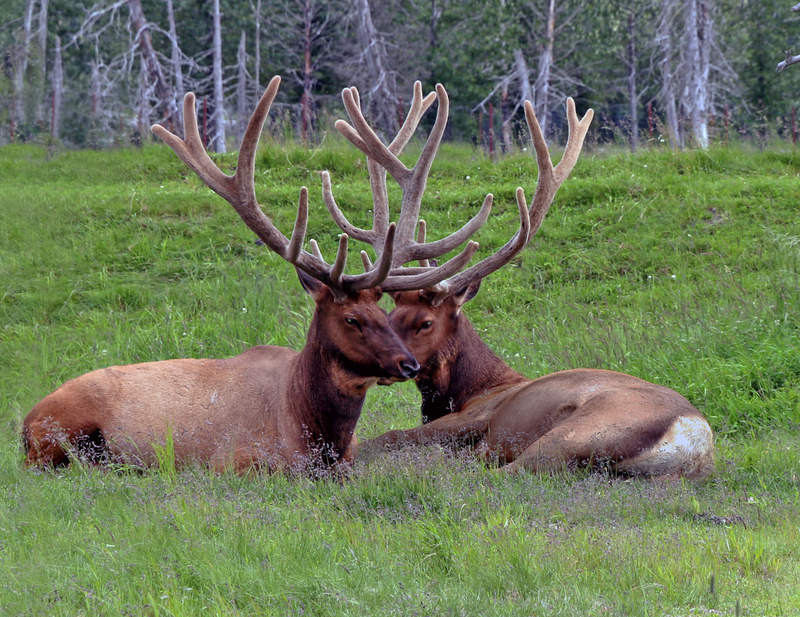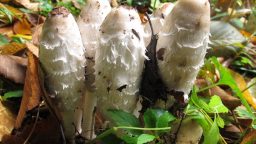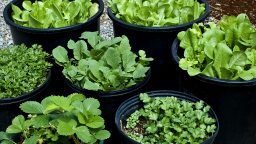As you embark on your homesteading journey, whether that is buying several acres of land and starting a full-fledged farm, or simply growing herbs on your windowsill and trying a few simple home ferments, it is incredibly beneficial to keep a journal. Heres a few tips on why and how to journal.
Why?
Journals are, literally, records of events. So as you begin gardening, raising animals, trying home cultures, and generally doing more things simpler, greener, and for yourself, you’ll want to keep track of your efforts, method, and progress.
First of all, it’s fun! You can look back in a few months and remember how far you’ve come.
But more importantly, it can be extremely helpful. As you work with inexact sciences like gardening or fermenting, you’ll probably want to remember what worked, and what didn’t. If you battled a serious bout of pests, it might be very helpful next year to look back and pinpoint the precise timing so you can take precautionary measures this year, for example. Or if you are selling eggs, keeping track of your chicken production and income can help calculate the cost and whether or not is productive for you.
How to journal?
The great thing is, there’s no exact science for homestead journaling! You can find tons of great, free resources on the internet for worksheets, charts, and recordkeeping for gardening and homesteading, if you like that sort of thing, or you can simply keep a diary and record your day-to-day events. What works for some folks may not work for you and vice versa, this is about you and recording what was successful for you.
Bullet journals are very popular these days, and the simple method for a sort of DIY journal might be ideal for tracking planting records, daily tasks, and achievements, etc. The sky is the limit!
However you choose to record your journey, you’ll learn as you go what’s helpful to record and track. The important part is to do it! This is how homesteaders and farmers learned and grew back in the day, so it’s just as beneficial today as always.
If you enjoyed this, you might also like….
